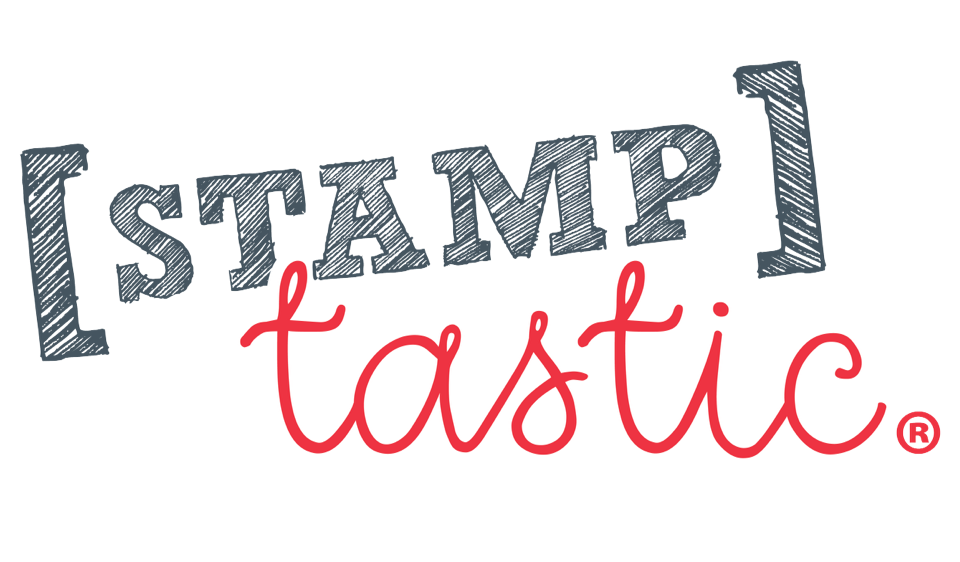“The More that you read, the More things you will know. The More that you Learn, the More places you’ll go.” – Dr. Seuss, “I Can Read With My Eyes Shut!”
Reading is fundamental. In fact, it is one of the key ingredients to achieving our full potential. Reading develops the brain, provides connection into the world around us and helps us do better in all aspects of learning.
Whether we come to love reading at five or at fifty five, the experience has become a most significant and treasured aspect of many people’s lives.
Did you know?
Bibliophilia is the love of books and a bibliophile or bookworm is a person who loves and frequently reads books.
As parents we all want our children to become successful readers and love books. In the period of early language development children learn important skills that contribute to the development of reading.
So what are the essential pre-reading skills?
Vocabulary
Children need a good vocabulary range. By encouraging children to retell an event they have experienced like a trip to the seaside and retell favourite stories they are enhancing their language and extending vocabulary.
Print motivation
Children need to be interested in and enjoy books. A child with print motivation loves being read to, plays with books independently and pretends to write through mark making.
Print awareness
Children need to know how to handle a book. They need to be able turn the pages, look at and discuss the pictures, track the text and begin to make the connection that the words relate to the content of the book.
Letter knowledge
Children need to know that print is made up of different letters and eventually become confident with the names and sounds of letters.
Narrative skills
Children need to be able to create stories and describe things. In its simplest form this involves a child’s ability to relay the events after a trip to the park.
Phonological Awareness
This involves children tuning in to the sounds of spoken words. In pre-schoolers, it means being able to identify words that rhyme and count the number of syllables in a name. It also includes noticing alliteration (how sounds repeat themselves) e.g Will wore wellies whilst watching whales.
So, how can parents help children develop pre-reading skills?
Nursery rhymes are a MUST!
As a parent you will know a collection of familiar ditties, but did you know that as well as offering huge entertainment value nursery rhymes are incredibly powerful influencers in a child’s educational development? They help children develop auditory skills such as discriminating between sounds and accustom the ear to the music of words. At its simplest being able to rhyme paves the foundation to children being able to write and read words.
So, how can I help my child rhyme?
Try including rhyming activities into daily routines by
- Build up a bank of known nursery rhymes
- Share rhyming story books
- Recite a known rhyme with a mistake your child can identify
- Have fun making up silly rhymes e.g Humpty Dumpty sat on a log, Humpty Dumpty saw a …
- Make rhyming word strings e.g cat, mat, rat and identify the odd one out e.g log, hen, dog
Familiarise them with handling books
- Look at the front cover and guess what the story might be about
- Notice the title
- Point to the names of the author and illustrator
- Identify front and back cover
- Turn the pages
- Look at and discuss the pictures
- Know where to start reading and that we track left to right
- Begin to realise that words relate to the content or story
Share books and develop narrative skills
- Surround them with good books and show them how much you love reading
- Model story telling by asking questions as the story unfolds (who? when? what? why? where?)
- Predict what might happen, thereby raising the anticipation and sparking imagination
- Retell favourite stories. Enhance this by providing puppets, toy figures, masks and dressing up props.
Start spotting environmental print
Environmental print is simply print from the world around us. Children quickly catch on recognising signs and labels which are relevant to them. The numbers, letters, shapes and colours in logos and signs such as Aldi and CBeebies allow emerging readers to interact with print. This rich environmental print helps bridge the connection between letters and early reading using context cues as a strategy for making sense of written words.
Try the following
- Play ‘I Spy’ describing logos and signs on journeys
- Notice the eye catching print on packaging like cereal boxes
- Let your child take photos of different logos and signs and put them together in a scrap book for them to ‘read’
- Choose a simple sign like ‘STOP’ and count how many you can spot on a walk or car journey. Read the sign, noticing each time it says the same message
- Spot letters and numbers in car registration plates
Listen to audio stories
Listening to audio stories improves listening skills developing children’s attention span and concentration. Children invariably talk more than they listen, listening to a story makes them more attentive plus keener to listen and understand. As children listen they learn new vocabulary and phrases. Listening to stories engages a child in imagining the characters, plot and setting instead of seeing the visual medium. This in turn enhances creativity, making them more imaginative and free thinking.
Please check out our activity card and sheets for lots more activities and simply share a love for reading!
Stamptastic in partnership with Jo and Lisa, look forward to taking you on this journey to support your child develop the necessary skills to feel smart and confident from day one at BIG school.
PERSONALISED NAME STAMPS FOR SCHOOL UNIFORM
Other blog posts you may find useful:
Everything You Need To Know About School Uniform For Back To School
Starting School: The Top Ten School Uniform Tips
Starting School: The Back To School Uniform Checklist
Stamptastic: The Ultimate Parent Hack
Starting Primary School: Introduction
Stamptastic Starting School Series: Meet The Experts








